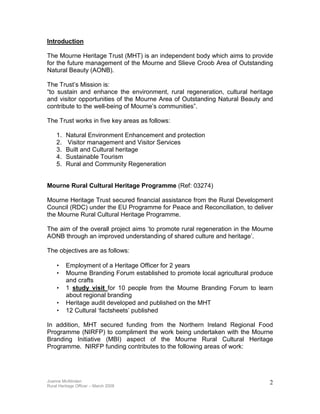


Get details on the competitive foods rule. These “competitive foods” are sold in vending machines, snack bars and a la carte lines. USDA’s “Smart Snacks in School” standards took effect on July 1, 2014. New Snack Standards: To ensure all foods and beverages sold in school during the school day are healthy choices, HHFKA also required USDA to create nutrition standards for foods and beverages sold in competition to reimbursable meals. Get details on school lunch and breakfast standards. The new regulations, effective beginning in 2012, require cafeterias to offer more fruit, vegetables and whole grains and limit sodium, calories and unhealthy fat in every school meal. Students at a participating school may purchase a meal through the National School Lunch Program. This may indicate that the area has a lower level of poverty than the state average. Department of Agriculture (USDA) to update these nutrition standards for the first time in 15 years. The percentage of Mount Mourne School students on free and reduced lunch assistance (5.2&percnt ) is significantly lower than the state average of 61.1&percnt. Updated School Meal Standards: The Healthy, Hunger-Free Kids Act of 2010 (HHFKA) required the U.S. These standards, also referred to as “the meal pattern,” require schools to offer students the right balance of fruits, vegetables, low-fat or fat-free milk, whole grains and lean protein with every meal. To receive federal reimbursements, school meal programs must offer “reimbursable” meals that meet strict federal nutrition standards. School meals are healthy meals that are required to meet the Dietary Guidelines for Americans.


 0 kommentar(er)
0 kommentar(er)
